
Frank Lloyd Wright (1867–1959) is regarded as one of the greatest architects of the 20th century, whose career spanned more than seven decades and reshaped modern architecture. He designed more than 1,000 structures — of which about 532 were completed — and his work bridged tradition and innovation, nature and technology, simplicity and grandeur. Wright’s philosophy of “organic architecture”, where buildings grow naturally from their environment, continues to inspire architects and planners worldwide.
Early Life and Education
Born in Richland Center, Wisconsin, Wright grew up in a rural setting that deeply influenced his respect for nature. Although he never formally graduated from college, he studied civil engineering briefly at the University of Wisconsin before moving to Chicago, where he worked under the celebrated architect Louis Sullivan — often called the “father of modernism.” Sullivan’s principle of “form follows function” left a lasting imprint on Wright, though he later expanded it into his own philosophy of organic unity.
Architectural Philosophy: Organic Architecture
Wright’s central idea was that architecture should be in harmony with nature, not imposed upon it. He believed buildings should respond to their site, climate, materials, and the lives of their inhabitants. His designs emphasized:
- Integration with landscape (e.g., Fallingwater blending with waterfalls).
- Use of local and natural materials such as stone, wood, and brick.
- Open floor plans that encouraged fluid living spaces.
- Horizontal lines and low roofs, inspired by the flat expanses of the American Midwest.
- Innovative structural systems that freed walls for glass, bringing light and openness.
Major Works
1. Prairie Houses (1893–1910)
Wright pioneered the Prairie School movement, designing suburban homes with strong horizontal lines, open interiors, and deep overhanging eaves.
- Famous examples: Robie House (Chicago, 1909), Darwin D. Martin House (Buffalo, 1904).

2. Unity Temple (1905–1908, Oak Park, Illinois)
A revolutionary concrete church, considered one of the first modern buildings in the world, combining spiritual space with geometric clarity.
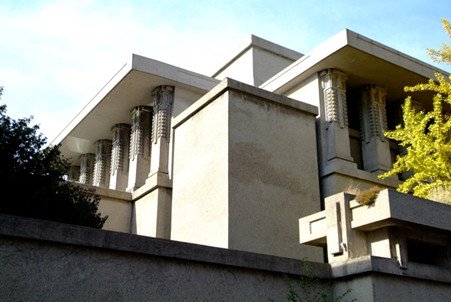
3. Taliesin (1911, Wisconsin)
Wright’s own residence and studio, rebuilt several times after fires, became his laboratory for ideas and his architectural school.
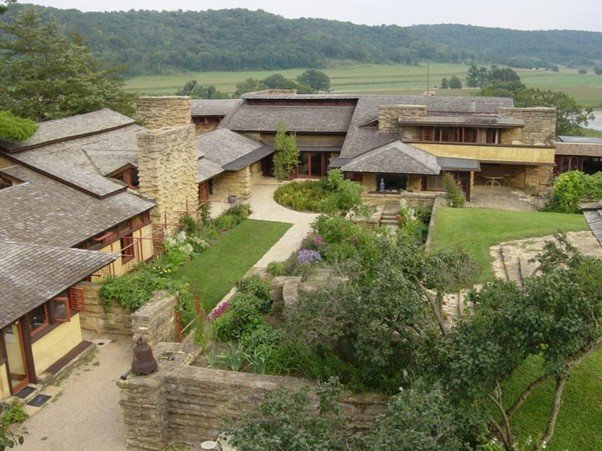
4. Fallingwater (1935–1939, Pennsylvania)
Perhaps Wright’s most iconic design, this house over a waterfall is hailed as “the best all-time work of American architecture.” Its cantilevered terraces and integration with the landscape epitomize organic design.
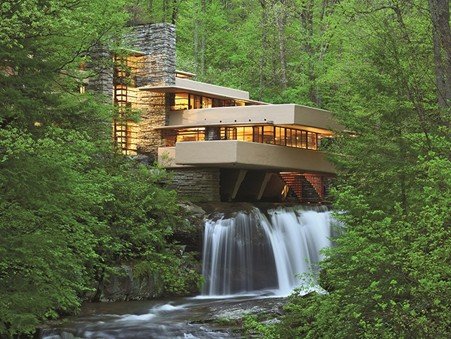
5. Johnson Wax Headquarters (1936–1939, Wisconsin)
A corporate building with open workspaces, dendriform (tree-like) columns, and innovative lighting, it redefined office architecture.
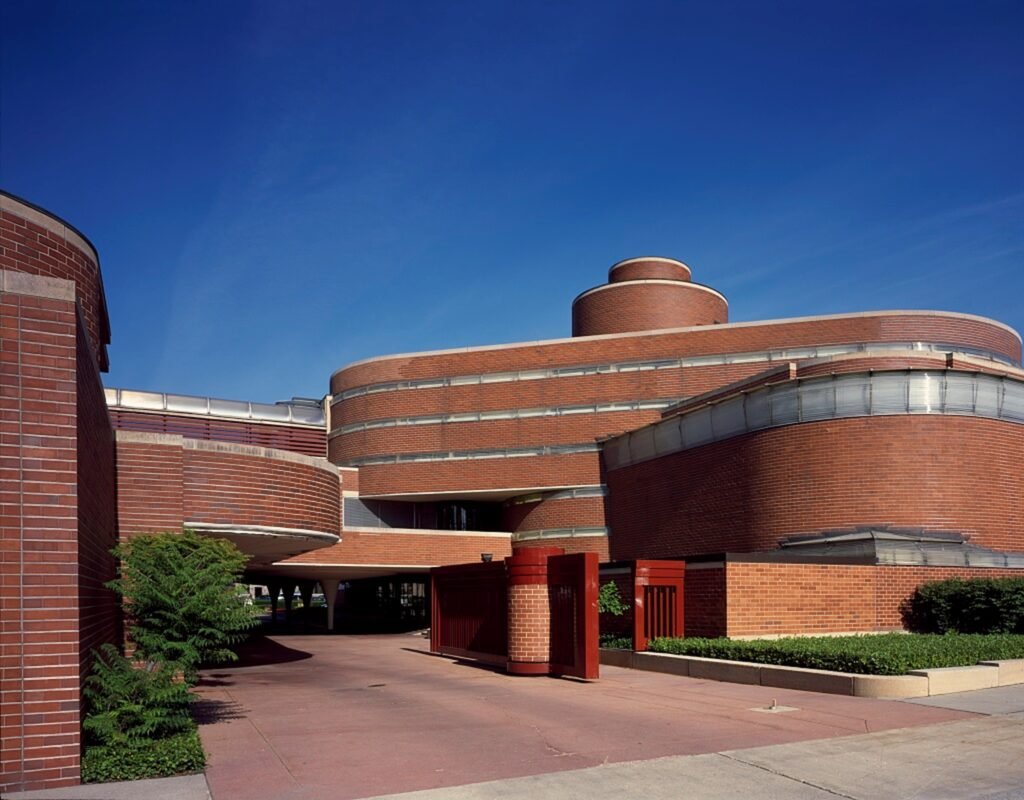
6. Usonian Houses (1930s–1950s)
Affordable homes for middle-class Americans, emphasizing efficiency, modularity, and simplicity, anticipating suburban developments and prefabrication.
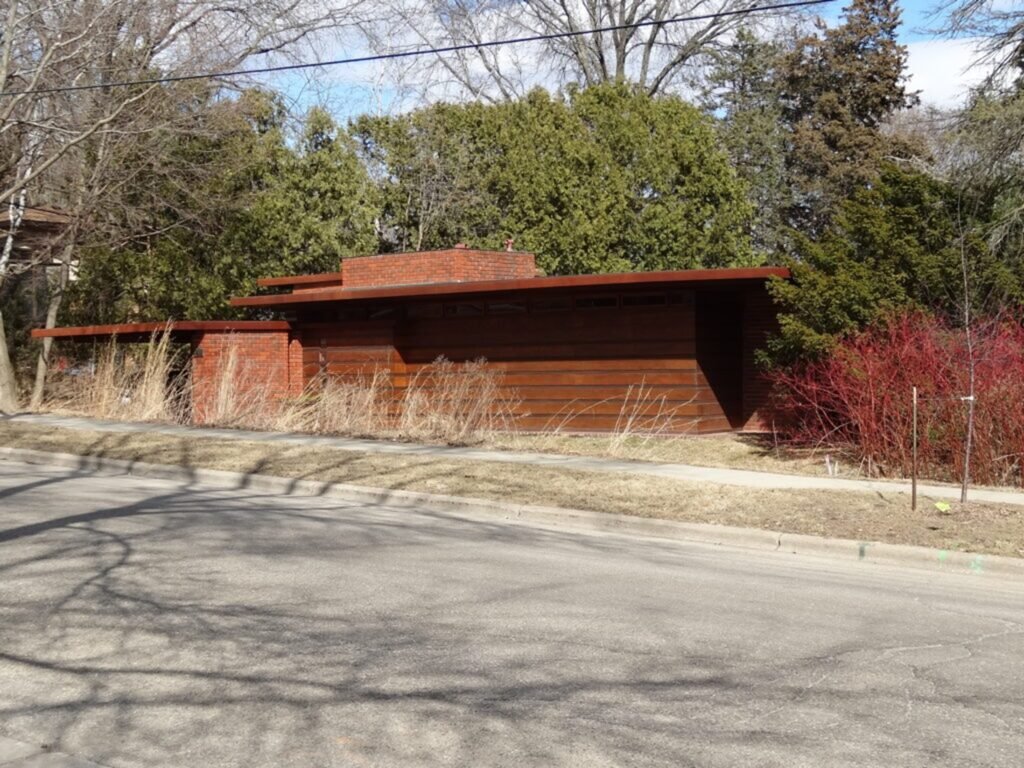
7. Guggenheim Museum (1943–1959, New York)
Completed after his death, its spiraling ramp inside a cylindrical shell broke every museum convention, creating a new way to experience art.
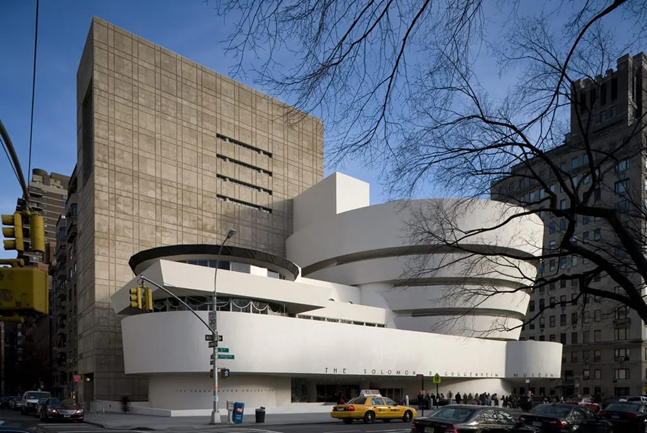
Contributions to Architecture and Planning
- Organic Design: Wright showed how buildings could harmonize with nature and human life.
- Open Plan Concept: Influenced modern residential and office design globally.
- Affordable Housing: Through Usonian houses, he pioneered concepts of efficient, low-cost, modular homes.
- Integration of Art and Architecture: Wright designed furniture, stained glass, and interiors as part of his “total design” philosophy.
- Educational Legacy: His Taliesin Fellowship trained generations of architects in a hands-on, community-based environment.
Awards and Recognition
Wright’s contributions earned him recognition both during his lifetime and posthumously:
- AIA Gold Medal (1949): The highest honor of the American Institute of Architects.
- Royal Gold Medal (1941): From the Royal Institute of British Architects (RIBA).
- Praemium Imperiale (posthumous, 1991): International prize in architecture awarded by the Japan Art Association.
- UNESCO World Heritage (2019): Eight of his major works, including Fallingwater, Unity Temple, and the Guggenheim Museum, were inscribed as “The 20th-Century Architecture of Frank Lloyd Wright.”
- Named by the AIA as the “Greatest American Architect of All Time” (1991).
Legacy
Wright’s vision transcended architecture. He imagined cities of the future, such as Broadacre City, where technology, mobility, and decentralization would allow people to live closer to nature. Although never realized, these ideas influenced urban planning debates.
His philosophy of organic architecture anticipated today’s concerns with sustainability, ecological design, and human-centered planning. More than half a century after his death, his works remain not only iconic monuments but also living lessons in how architecture can be timeless, functional, and poetic.

Its such as you read my mind! You appear to grasp so much approximately this, like you wrote the e-book in it or
something. I believe that you simply could do with some percent to pressure the message home a
little bit, however other than that, this is excellent blog.
A great read. I will definitely be back.
Thank you for your comment. We’re glad you found the content engaging. Stay tuned for more updates and insights on architecture and planning!